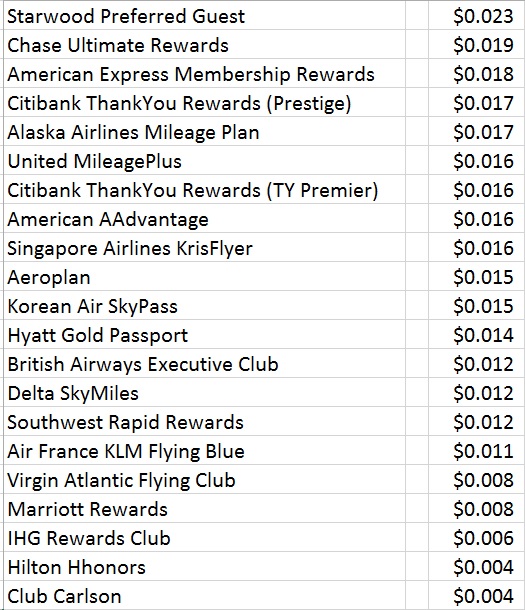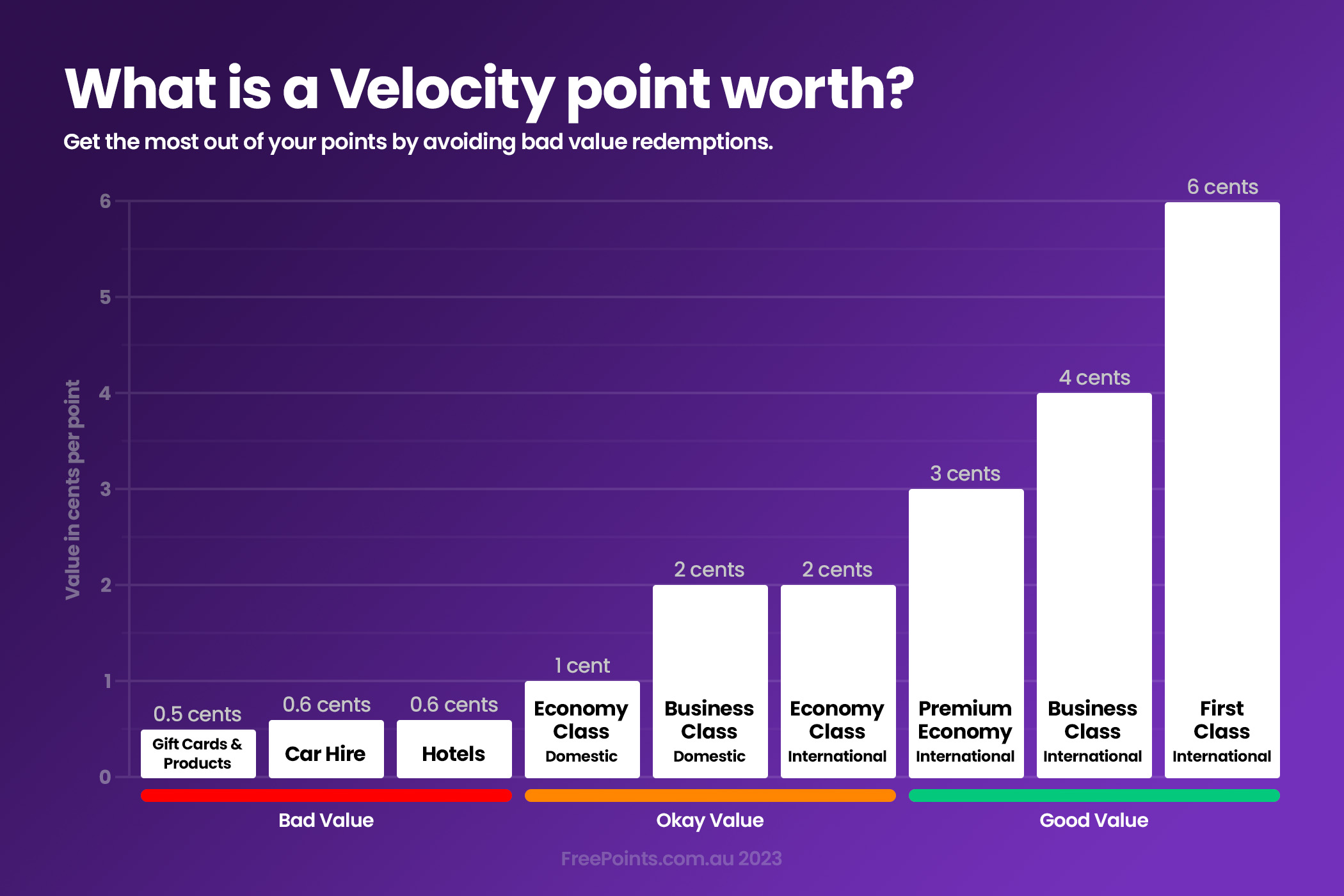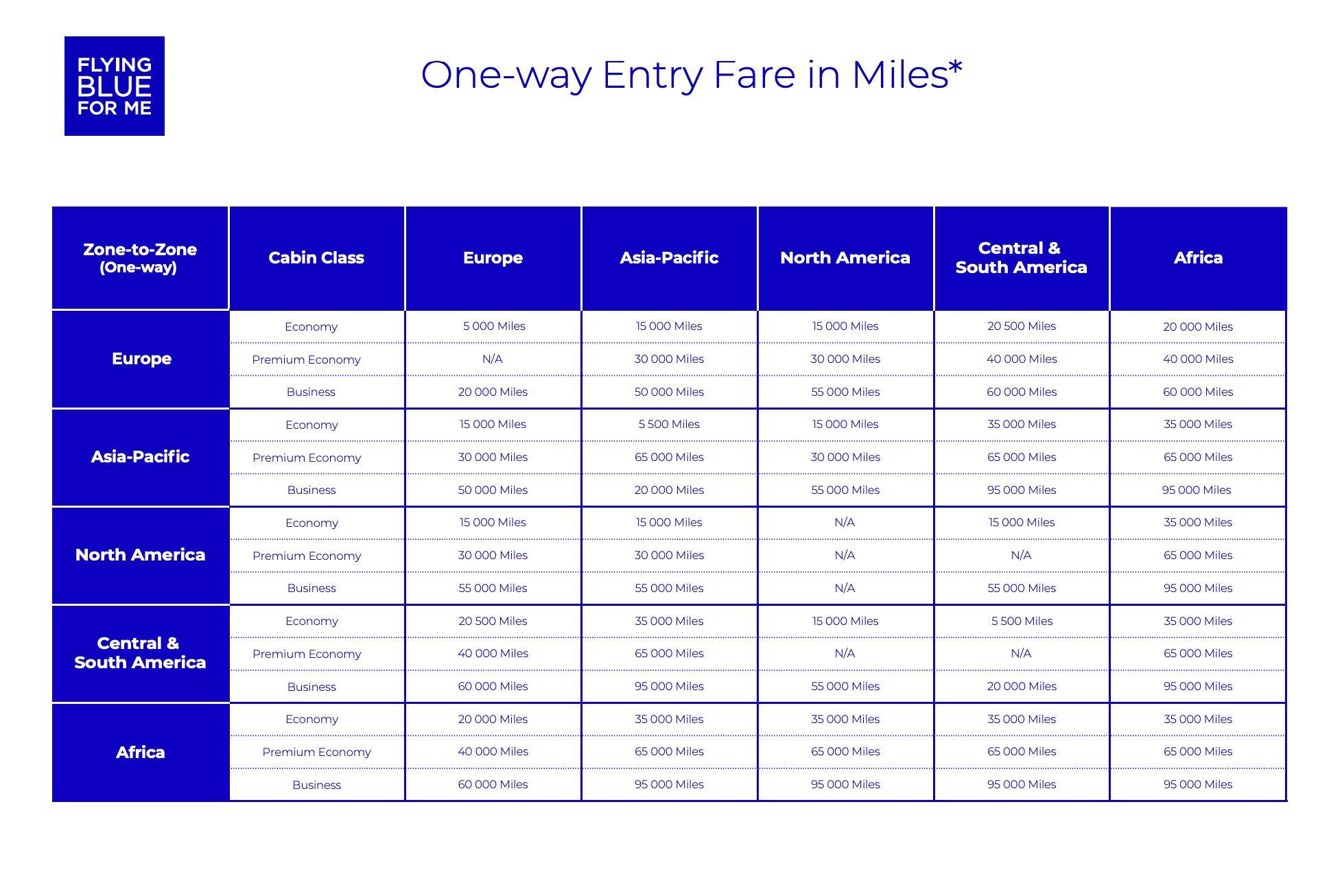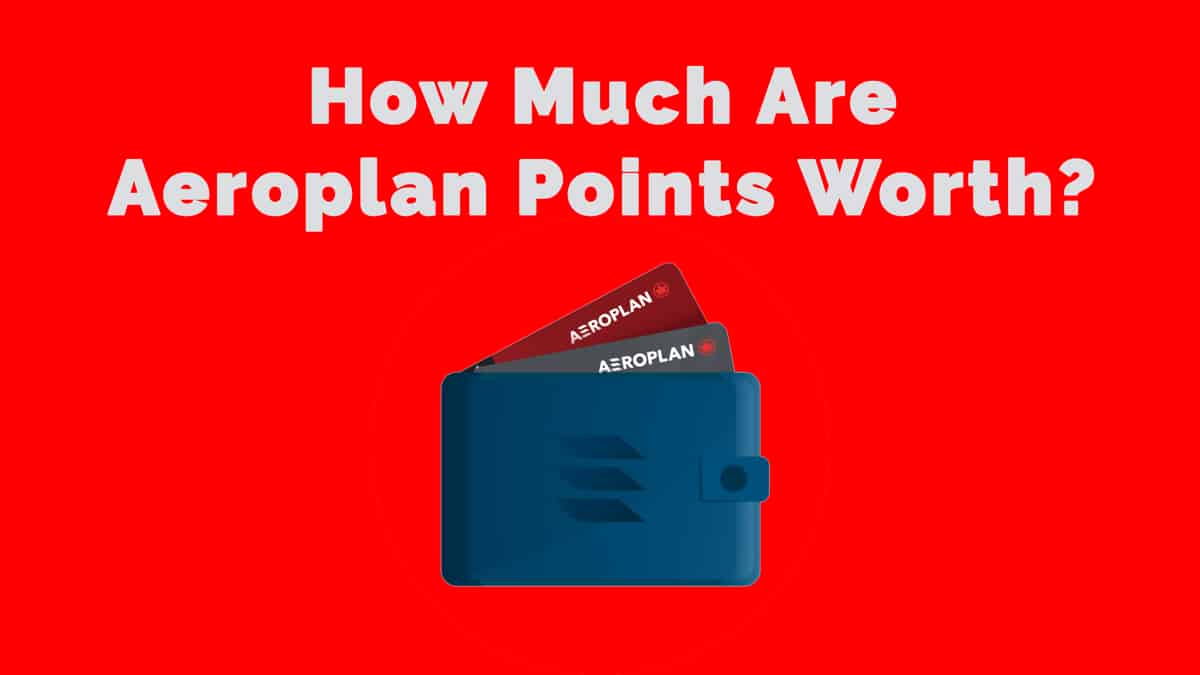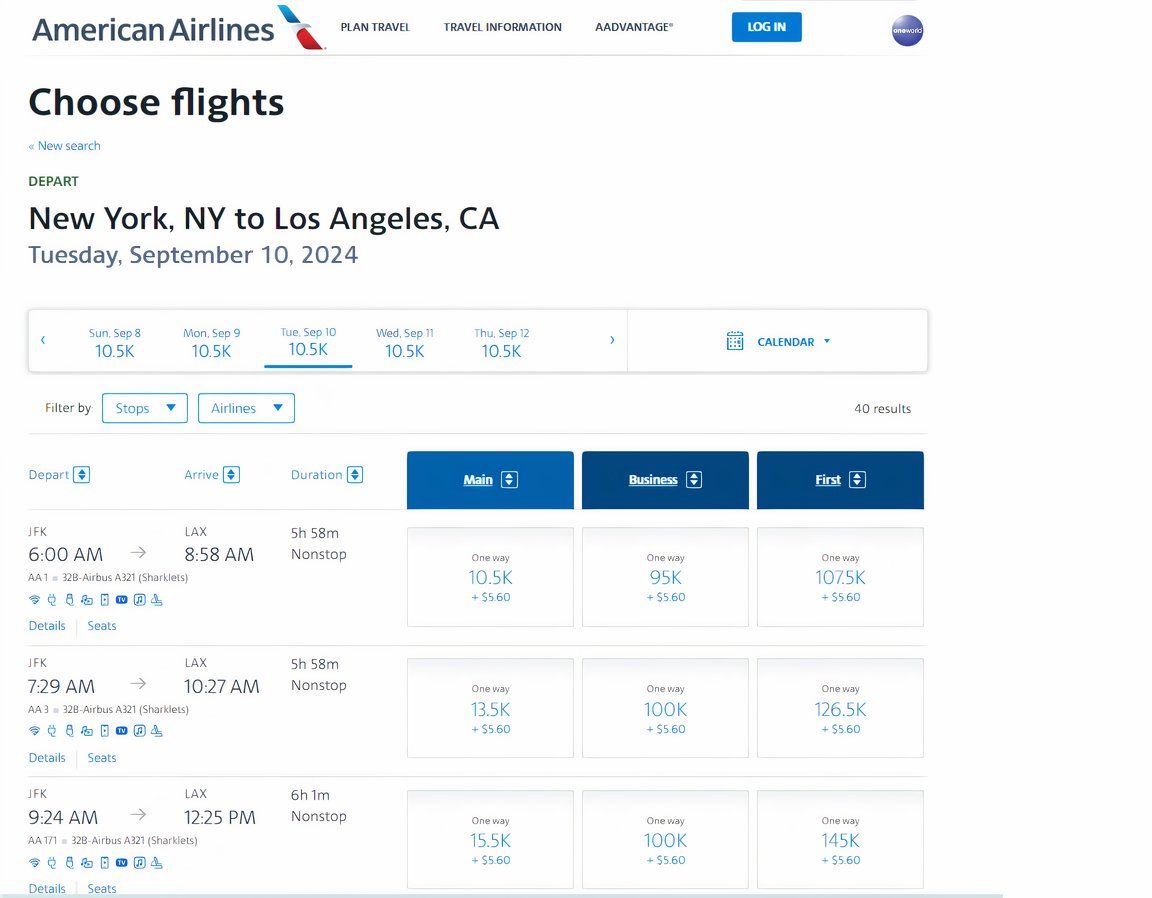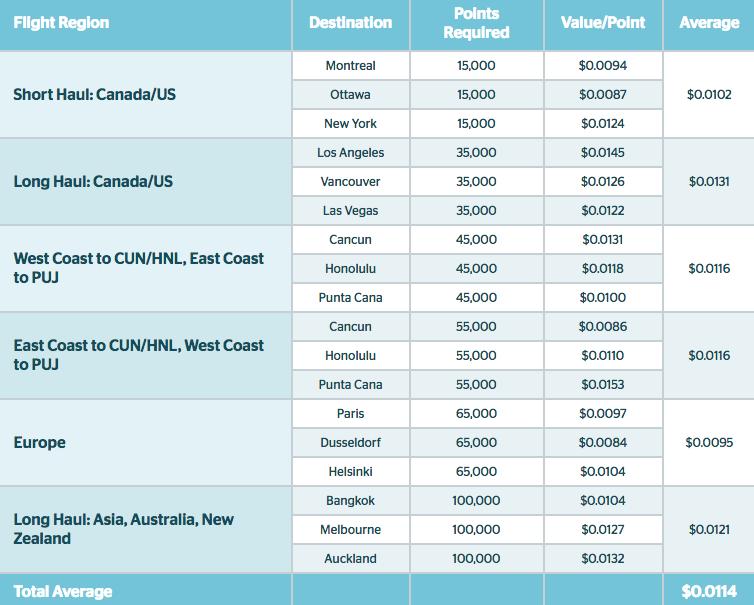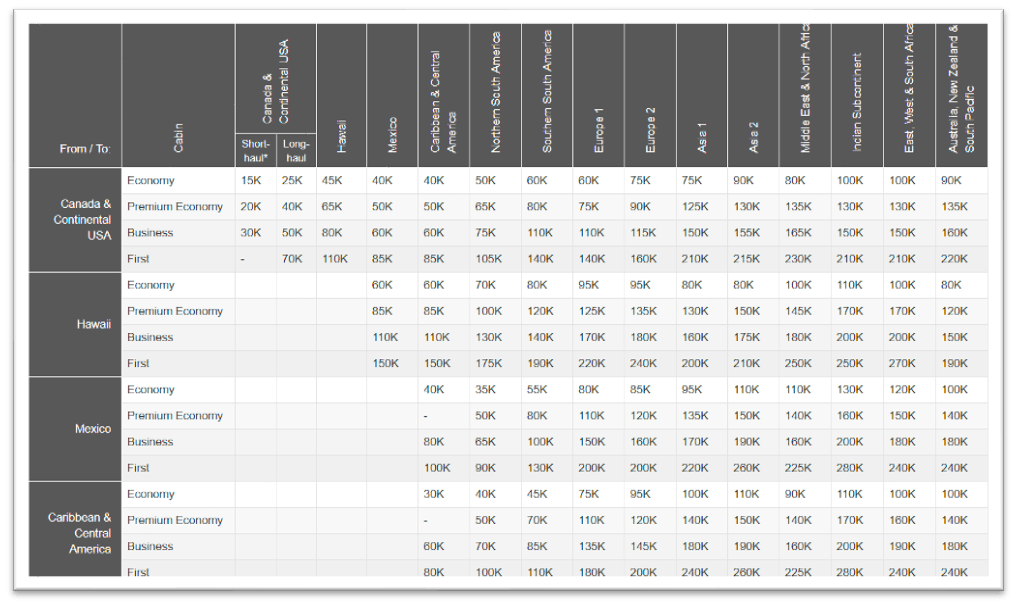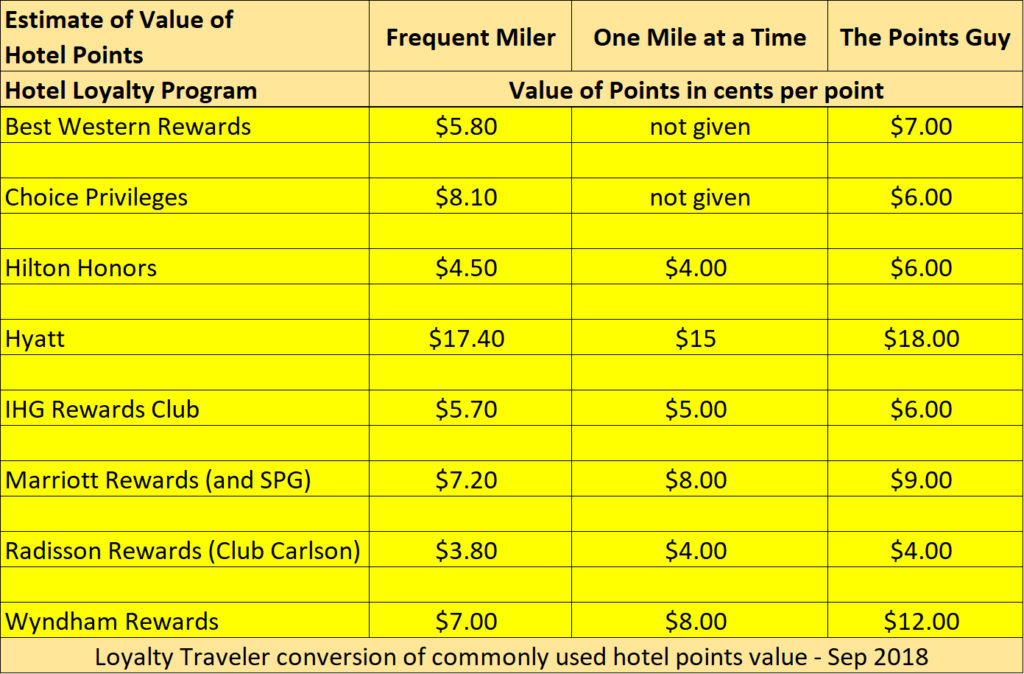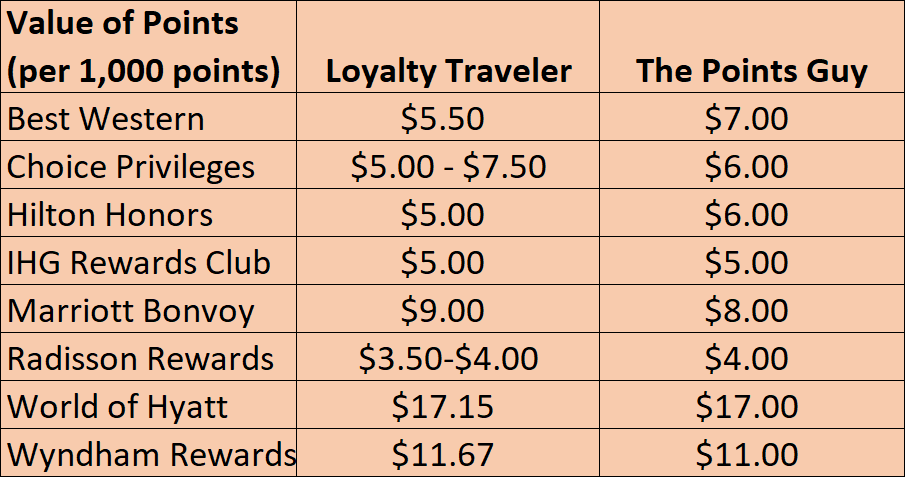How Much Are Pilot Points Worth
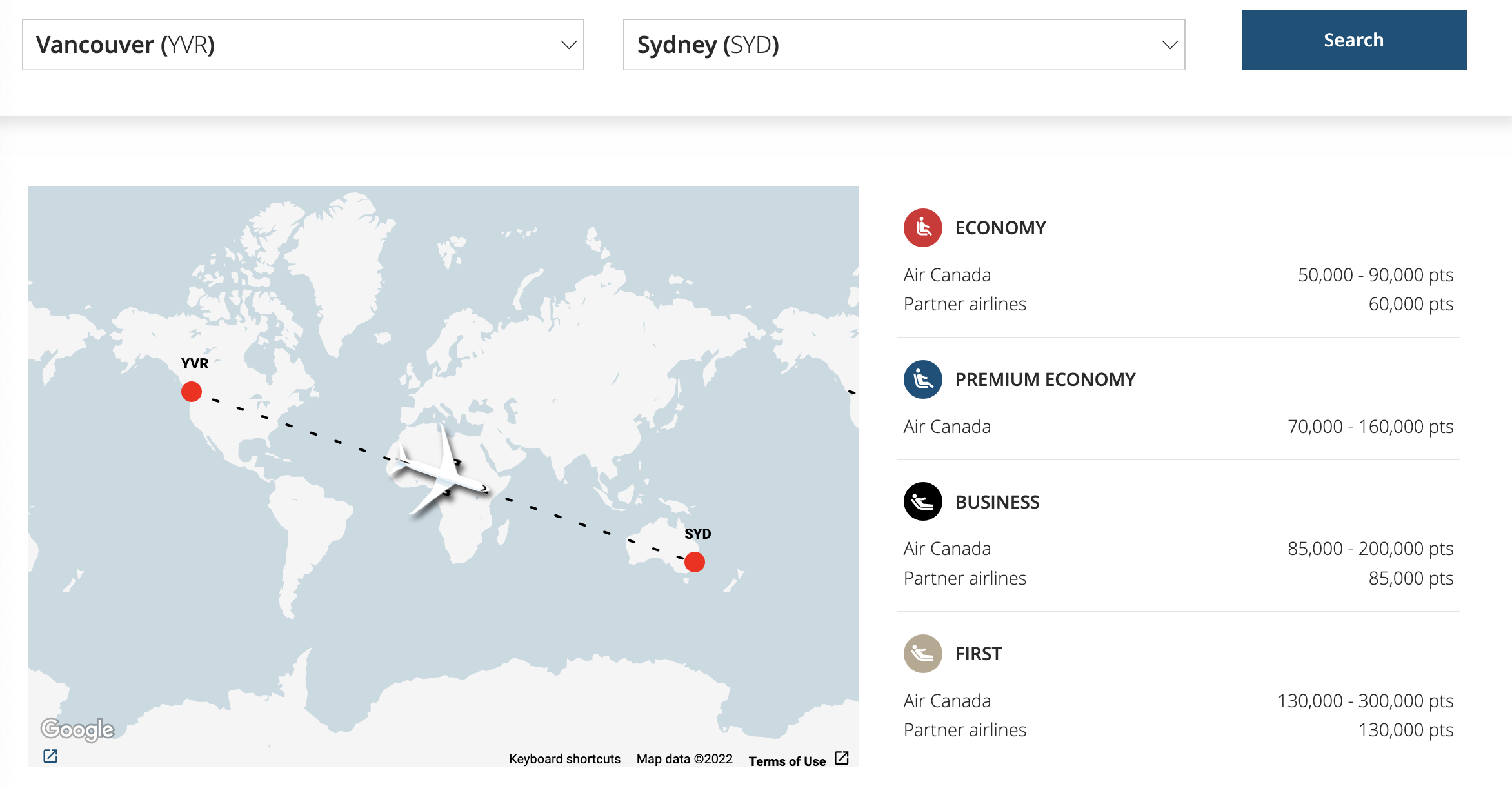
Pilot points, those seemingly arbitrary numbers assigned to airline crews for completing flights, fuel a complex and often opaque system of compensation and career advancement. But assigning a concrete monetary value to these points proves elusive, dependent on a myriad of factors that vary wildly across airlines, unions, and individual contracts. This article delves into the multifaceted world of pilot point valuation, exploring the elements that influence their worth and the implications for pilots' earnings and career trajectories.
At its core, understanding pilot point value requires acknowledging that it’s not a directly convertible currency. Instead, these points, often referred to as “credit hours” or "trip credits," serve as building blocks within a larger framework. This framework dictates how pilots are paid, how they accrue seniority, and how they bid for preferred schedules and routes.
The Nut Graf: Deciphering the True Value
The actual value of a pilot point hinges on several key determinants, the foremost being the pilot’s seniority within their respective airline. Further factors include the specific airline's pay scale, the type of aircraft flown, the duration and difficulty of the flight, and any collective bargaining agreements negotiated by pilot unions. Essentially, there's no single, universal exchange rate for pilot points; its value fluctuates based on a series of interconnected variables.
The Building Blocks: Factors Influencing Pilot Point Value
Seniority: The Cornerstone of Compensation
Seniority plays the most significant role in determining the value a pilot derives from each point. Higher seniority translates into greater bidding power, allowing pilots to secure more desirable routes and schedules. These preferred schedules often entail higher-paying flights and increased opportunities to accrue more points, creating a positive feedback loop.
According to the Air Line Pilots Association, International (ALPA), seniority systems are crucial for ensuring fairness and predictability in pilot career progression. This seniority-based system has the benefit of offering more control to pilots.
Pay Scales and Contractual Agreements
Each airline operates under its own distinct pay scale, typically structured around a combination of hourly rates and flight-hour guarantees. The monetary value associated with each point is directly tied to these pay scales. Higher-paying airlines will inherently assign a greater monetary value to each point earned.
The specifics are meticulously detailed in the collective bargaining agreements negotiated between the airline and the pilot union. These agreements dictate everything from hourly rates to overtime pay, significantly impacting the overall worth of pilot points.
Aircraft Type and Route Complexity
Piloting larger, more complex aircraft on longer, more challenging routes typically results in a higher accumulation of points. This reflects the increased demands and responsibilities associated with these flights.
For instance, a long-haul international flight on a Boeing 777 will likely yield significantly more points than a short domestic hop on a regional jet.
The Human Element: Impact on Pilots' Lives
The pilot point system has a tangible impact on the lives of pilots and their families. The ability to accumulate and leverage these points translates to greater financial security, improved work-life balance, and increased control over their careers. However, the complexity of the system can also create confusion and frustration.
One veteran pilot, speaking anonymously, noted, "Understanding the point system is crucial for maximizing your earnings and controlling your schedule. But it can be incredibly complex, especially for junior pilots just starting out."
The desire to accumulate points can influence pilots' decisions regarding flight assignments. Pilots often strategize to maximize their point accrual, carefully weighing the trade-offs between potential earnings and personal time. This calculation becomes especially important during peak travel seasons and holiday periods.
The Broader Perspective: Industry-Wide Implications
The pilot point system indirectly influences the airline industry as a whole. It impacts pilot recruitment and retention, and impacts the negotiations between airlines and unions. A well-designed and equitable point system can contribute to a more motivated and satisfied pilot workforce, while a poorly designed system can lead to dissatisfaction and even labor disputes.
Regional airlines, often facing pilot shortages, may use more generous point accrual policies as an incentive to attract and retain pilots. This highlights the competitive nature of the industry and the importance of point systems in shaping pilot compensation packages.
Conclusion: The Elusive Equation
Ultimately, determining the exact monetary value of a pilot point is an exercise in approximation. It’s a figure constantly in flux, influenced by a dynamic interplay of factors unique to each pilot, airline, and contract. While a precise, universal valuation remains out of reach, understanding the underlying principles that govern the system is critical for pilots seeking to navigate their careers and maximize their earning potential within the aviation industry. This highlights the importance of pilot unions, as ALPA and other pilot associations, in advocating for fair compensation and transparent point systems.

